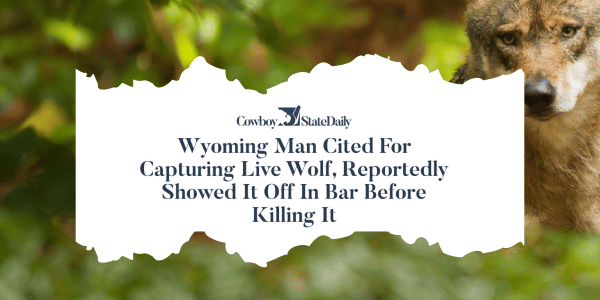The Greater Gila – America’s Next Protected Landscape
Preserving The Greater Gila
The Greater Gila is one of the last great unrestrained landscapes in the American West, encompassing three wilderness areas, over one million acres of unprotected roadless acres, several mountain ranges, numerous species found nowhere else in the world, and one of the West’s last free-flowing rivers.
The Greater Gila is a sacred living landscape. It is the ancestral and contemporary homelands of at least 18 different Indigenous Peoples. The history of these original inhabitants are held in the numerous cultural and archeological sites found throughout the landscape. These sites are deserving of federal protections and should be preserved on the landscape for future generations.
A Landscape Dispossessed and Under Threat
In the past five years, the Greater Gila has seen proposals for new diversion dams, supersonic military training operations, hydroelectric projects, and toxic mining operations.
If the U.S. Forest Service is left to manage these lands under their current management practices, they will continue to allow the habitat of imperiled species to erode and the quality of recreation opportunities to diminish.
It is essential that the Forest Service limit the ability for some individuals to degrade public lands at the cost of other land users and work to preserve the condition of the landscape for future generations.
Any federal designations to protect land would only impact publicly owned lands, and would not interfere with privately owned property.
Protecting this Sacred, Living Landscape
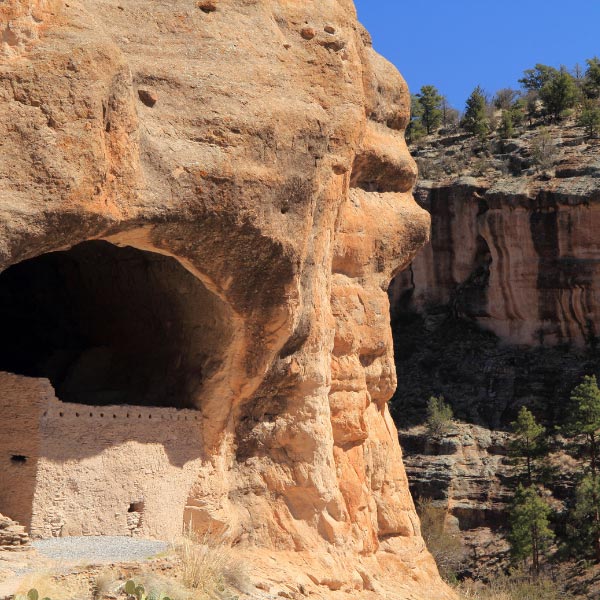 Indigenous communities are the original stewards of this landscape, but their engagement in its management has been limited to tribal consultation on already developed projects, which the Forest Service often ignores. Creating spaces for Tribes to more meaningfully co-manage public lands is essential to implementing traditional ecological knowledge and developing more just and equitable stewardship practices.
Indigenous communities are the original stewards of this landscape, but their engagement in its management has been limited to tribal consultation on already developed projects, which the Forest Service often ignores. Creating spaces for Tribes to more meaningfully co-manage public lands is essential to implementing traditional ecological knowledge and developing more just and equitable stewardship practices.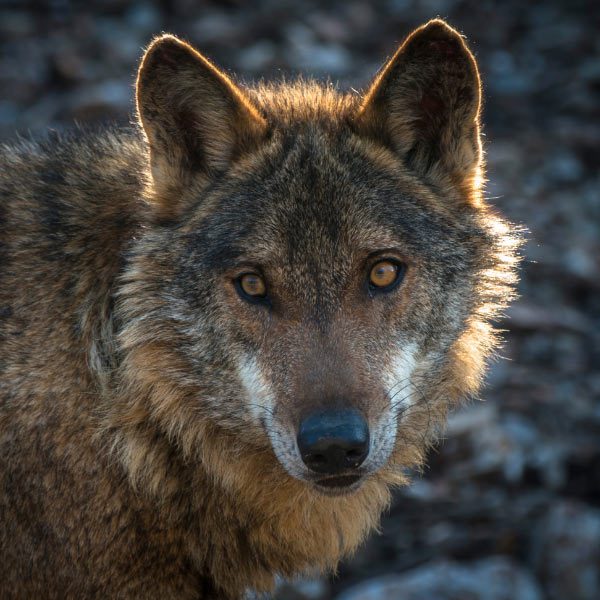
The Greater Gila is the home to the country’s only population of critically endangered Mexican gray wolves, with just over 190 individuals. These wolves face threats from poaching, loss of habitat connectivity, conflicts with livestock, and climate change.
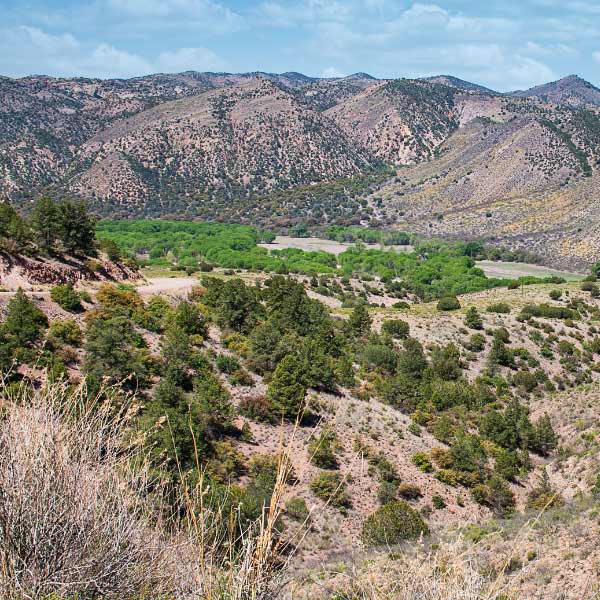
The Gila and Apache-Sitgreaves National Forests have Land Management Plans that manage forests for multiple uses and have a history of prioritizing extractive industries that degrade the landscape at the cost of other public land users and the fish and wildlife species that live there. These management practices are inadequate for protecting wild nature at scale from the direct threats of development and the impacts of climate change.
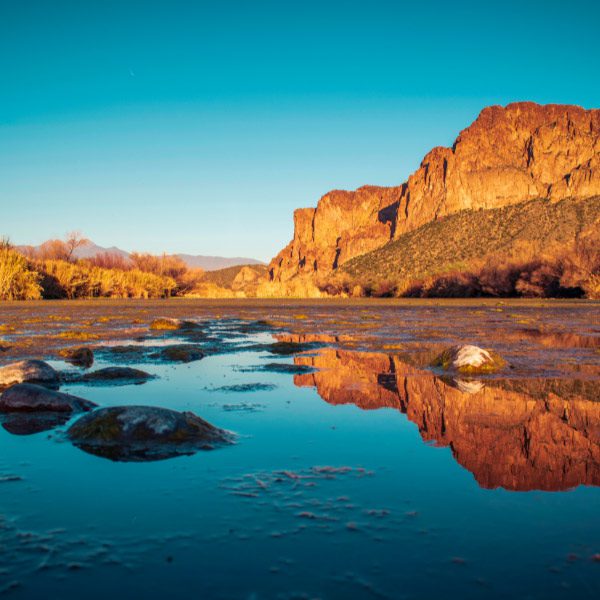
The Greater Gila Bioregion is the headwaters for the Little Colorado, San Francisco, Gila, Mimbres, and Salt Rivers. Protecting these water sources will prove to be vital to a rapidly drying Southwest. Research has shown that protecting watersheds is one of the most cost-effective strategies to ensure access to clean drinking water.
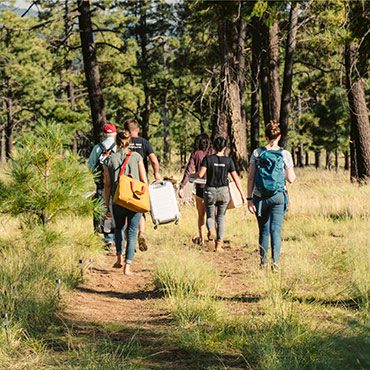
Rural communities near protected public lands have better economic outcomes than their counterparts with unprotected or majority private lands. The lack of protection for these lands is a barrier to communities interested in developing robust outdoor recreation economies in this region.
A New Collaborative Vision for the Greater Gila
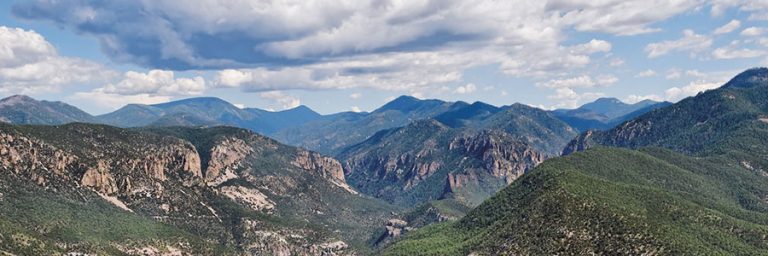
WildEarth Guardians is taking a community-centered approach to conservation by collaborating with local communities, conservation groups, and Indigenous stakeholders that have the closest relationship to these lands, to develop solutions that combine the best available science with traditional ecological practices that will work for the people of eastern Arizona and southwestern New Mexico. At the heart of this vision is a new model of land management that centers and uplifts the voices and priorities of Tribes, and protects the landscape for human and non-human communities alike.
We envision a Greater Gila whose wolves and other wildlife can roam free on millions of acres of protected public lands in balance with the recreationists, anglers, hunters, and Indigenous peoples who love and value this landscape. We envision a Greater Gila unencumbered by extractive interests, whose iconic rivers run wild, and whose thousands of ancestral and contemporary cultural sites are secure and celebrated.
Please join us as we move forward together to preserve the Greater Gila.
